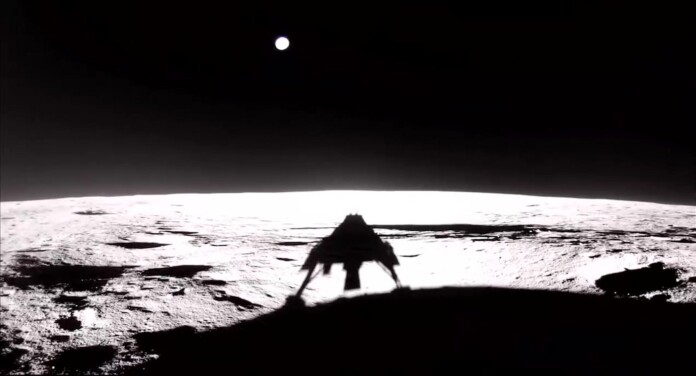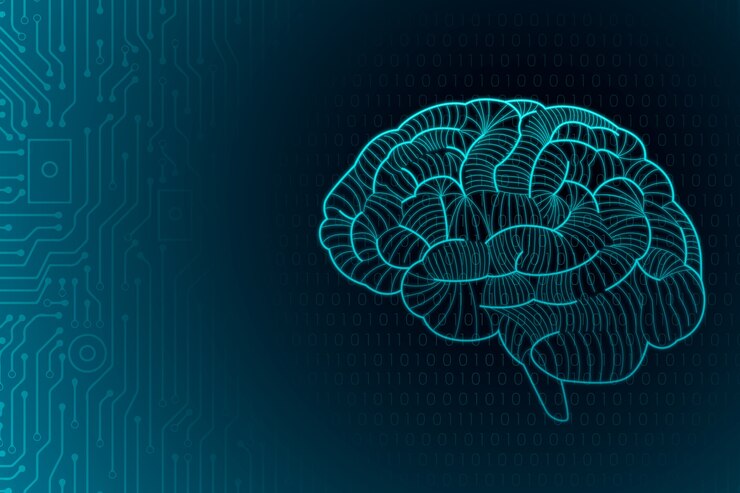Mars on Earth
Lake Salda, located about two hours from Antalya in southwestern Turkey, stands out for its brilliant turquoise waters and extraordinary scientific importance. It is the only known spot on Earth with geological features comparable to those of Mars’ Jezero Crater—currently being explored by NASA’s Perseverance Rover. Before the rover’s launch, researchers, including Purdue University professor Briony Horgan, studied this lake to gain insights into Mars’ ancient water systems.
Lake Salda formed from oceanic crust rising directly from Earth’s interior, making it an ideal “planetary analog” for Mars, according to Horgan. Part of Turkey’s “Lake District,” the area is also popular for hiking, birdwatching, and swimming. Nearby, the ancient cities of Kibyra and Sagalassos (both under UNESCO consideration) and the famous white travertine terraces of Pamukkale add to the region’s historical and natural allure.

In 2022, the International Commission on Geoheritage named Lake Salda one of the world’s Top 100 geological sites. Although the lake is legally protected, threats from pollution, falling water levels, and ecological disturbances persist. Horgan emphasizes the importance of responsible tourism, noting that Lake Salda has no outflow, so pollutants remain trapped, and its ancient microbial structures—millions of years in the making—are irreplaceable.




